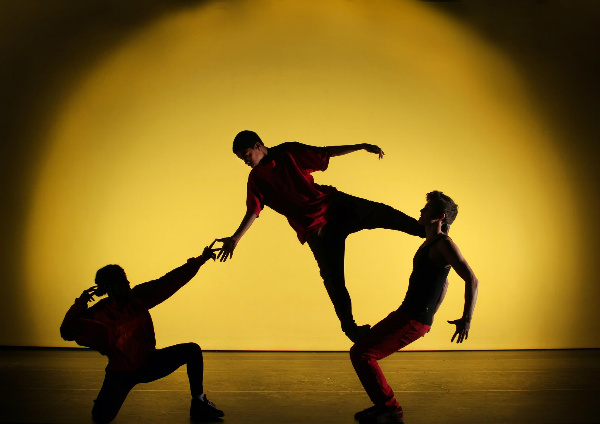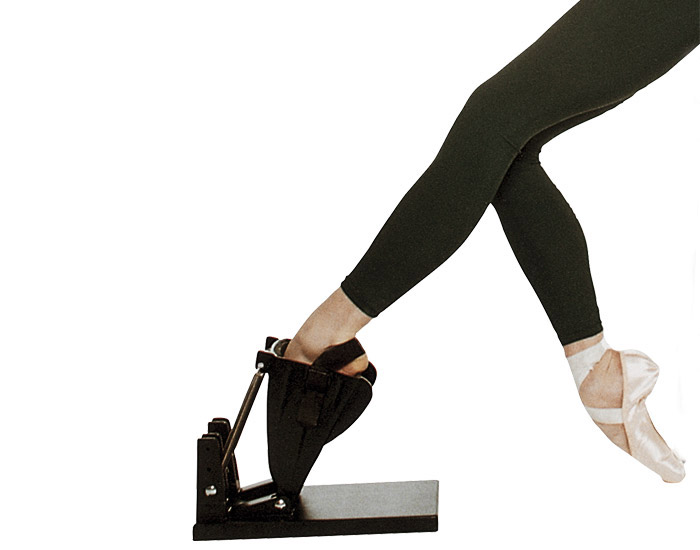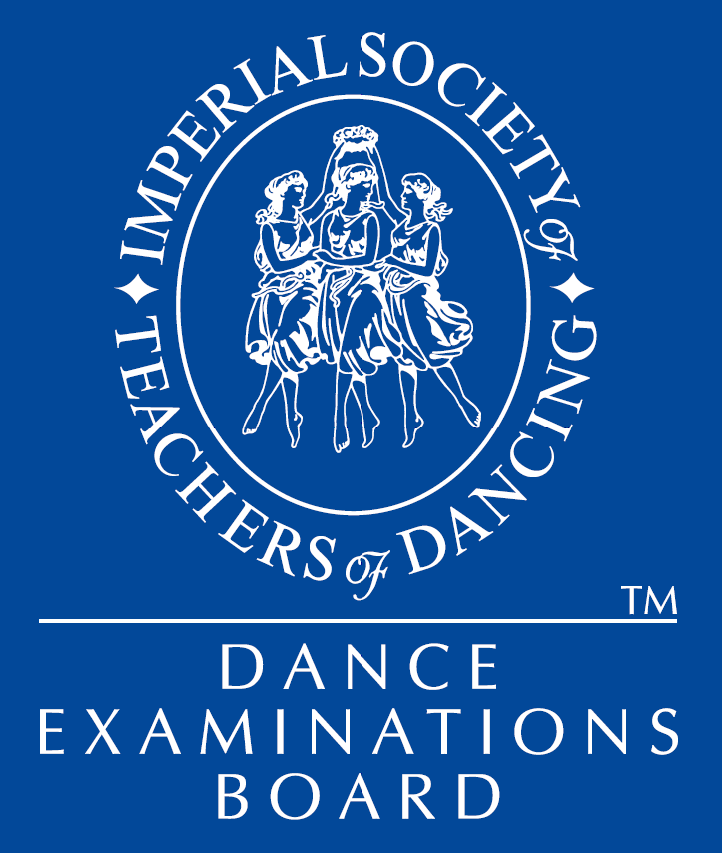
2013 will mark much shift in the dynamics of Britain’s oldest dance company, Rambert, seeing them move their headquarters to the Southbank, first and foremost. Construction is now well under way and the Company recently celebrated the building’s ‘Topping Out’, when the highest part of the structure was put in place. The facility will not only enhance the work seen by audiences on stage but will offer unique opportunities for choreographic and music development, and double the reach of the Company’s learning and participation work, good news for both those donning leotards and those who would rather remain in the auditorium.
Before this move, however, 2013 looks extremely busy for the dancers. The Labyrinth of Love tour will continue, spanning the full length of the country from Inverness to Truro, reflecting bitterness, ecstasy, irony, despair, hope, sadness and humour. Having already been welcomed with open arms earlier in 2012 by Sadler’s Wells, Labryinth is set to a commissioned score by one of America’s most performed composers, Grammy Award-winning Michael Daugherty, and accompanied live on stage by a soprano. The programme will also include works by esteemed choreographers Richard Alston, Mark Baldwin, Merce Cunningham, Javier De Frutos, Itzik Galili, Tim Rushton and Paul Taylor.
As ever, Rambert will remain committed to developing new choreographic talent, with the creation of new work the lifeblood of the Company. April will see a 3-day residential masterclass for emerging choreographers and composers, led by renowned American choreographer, Mark Morris and composer/former Musical Director for Mark Morris Dance Group (MMDG), Ethan Iverson, in consultation with Rambert’s Artistic Director, Mark Baldwin, and Music Director, Paul Hoskins. Mark Morris is one of the world’s leading choreographers, and the Mark Morris Dance Group shares Rambert’s commitment to commissioning and performing live music, which makes them ideal collaborators for this project. The Season of new choreography will return to the Queen Elizabeth Hall at the Southbank Centre in May, drawing from Rambert’s in-house development programme. Designed to nurture new talent from within its ranks, the evening will feature new works from four Rambert dancers; Miguel Altunaga, Kirill Burlov, Dane Hurst and Patricia Okenwa.
Finally, in June, Rambert will host a fundraising gala, celebrating the life of Britain’s most significant and longstanding contemporary dance company as it enters an exciting new phase. Guests will enjoy an evening featuring an exclusive performance by the Company.




 “Shin splints” is the term for the ache and pain around the tibia and fibula which are the bones at the front of your leg that run from your ankle to your knee. They can be treated and prevented, but here’s the low down on the truth behind this troublesome condition.
“Shin splints” is the term for the ache and pain around the tibia and fibula which are the bones at the front of your leg that run from your ankle to your knee. They can be treated and prevented, but here’s the low down on the truth behind this troublesome condition.
 During the festive season, the dance world is abundant with Holiday inspired productions, and 2012 is no different. The Nutcracker is always a sure-fire family favourite, full of ballet slippers, magic and mystery, however one version this year is standing out for a very different reason. Queen Margrethe of Denmark, it has been discovered, has designed all the costumes (more than 100) and four large stage sets for The Nutcracker which is currently being performed in Copenhagen by the Royal Danish Ballet at the Tivoli Theatre until 22 December 2012.
During the festive season, the dance world is abundant with Holiday inspired productions, and 2012 is no different. The Nutcracker is always a sure-fire family favourite, full of ballet slippers, magic and mystery, however one version this year is standing out for a very different reason. Queen Margrethe of Denmark, it has been discovered, has designed all the costumes (more than 100) and four large stage sets for The Nutcracker which is currently being performed in Copenhagen by the Royal Danish Ballet at the Tivoli Theatre until 22 December 2012.

